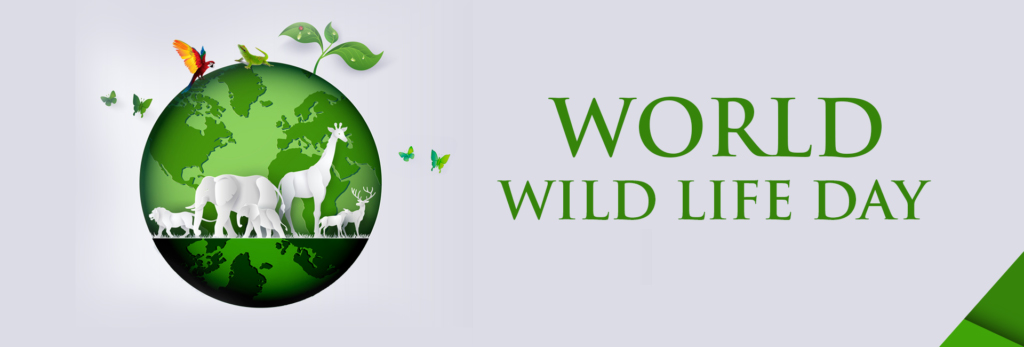By: Prof. Edward Wiafe Debrah
Ag. Pro Vice-Chancellor, University of Environment and Sustainable Development, Somanya, E/R
On March 3 every year, the world celebrates World Wildlife Day, a day dedicated to raising awareness about the importance of wildlife and the need for its conservation. This year, the theme “Connecting People and Planet: Exploring Digital Innovation in Wildlife Conservation” highlights the crucial role that technology and digital innovation play in safeguarding our planet’s precious biodiversity.
In recent years, rapid advancements in technology have revolutionized wildlife conservation efforts, providing scientists, researchers, and conservationists with powerful tools to monitor, protect, and preserve endangered species and their habitats. From satellite tracking and drones to artificial intelligence and data analytics, digital innovation is transforming the way we understand, manage, and conserve wildlife.
One of the most significant contributions of digital innovation to wildlife conservation is in the realm of monitoring and tracking. Satellite tracking devices and GPS collars allow researchers to monitor the movements and behaviors of wildlife species in real time, providing valuable insights into their ecology, migration patterns, and habitat preferences. This information is essential for developing effective conservation strategies and identifying areas for habitat protection and restoration.
Moreover, drones have emerged as a game-changer in wildlife conservation, offering a cost-effective and non-invasive method for conducting aerial surveys, monitoring wildlife populations, and detecting illegal activities such as poaching and deforestation. Equipped with high-resolution cameras and thermal imaging technology, drones enable conservationists to gather accurate data and respond swiftly to threats facing vulnerable species and ecosystems.
Artificial intelligence (AI) and machine learning algorithms are also revolutionizing wildlife conservation efforts by analyzing vast amounts of data collected from remote sensors, camera traps, and satellite imagery. These sophisticated technologies can identify and classify species, assess habitat suitability, and predict ecological trends, allowing conservationists to make informed decisions and prioritize conservation actions more effectively.
Furthermore, digital platforms and mobile applications are empowering citizens to participate actively in wildlife conservation efforts. Citizen science initiatives allow volunteers to collect data on wildlife sightings, habitat conditions, and environmental changes, contributing valuable information to scientific research and conservation projects. By engaging communities in conservation efforts, these digital platforms foster a sense of ownership and responsibility towards protecting local biodiversity.
As we celebrate World Wildlife Day 2024, let us recognize the transformative potential of digital innovation in advancing wildlife conservation and promoting sustainable coexistence between people and nature. By harnessing the power of technology, we can enhance our understanding of the natural world, strengthen conservation efforts, and ensure the survival of wildlife for future generations to enjoy.
However, while digital innovation offers unprecedented opportunities for wildlife conservation, it also poses challenges such as data privacy concerns, technological limitations, and disparities in access to technology. Therefore, it is essential to ensure that digital solutions are inclusive, ethical, and aligned with conservation goals, respecting the rights and needs of local communities and indigenous people.
Ultimately, the theme “Connecting People and Planet” emphasises the interconnectedness between human well-being and the health of our planet’s ecosystems. By embracing digital innovation and working together across borders and disciplines, we can build a more sustainable and resilient future where wildlife thrives, and biodiversity flourishes for generations to come.
On this day, let us celebrate the extraordinary diversity of life on Earth and reaffirm our commitment to protecting and preserving it for the benefit of all. Together, we can make a difference and ensure a brighter future for wildlife and the planet we call home.

